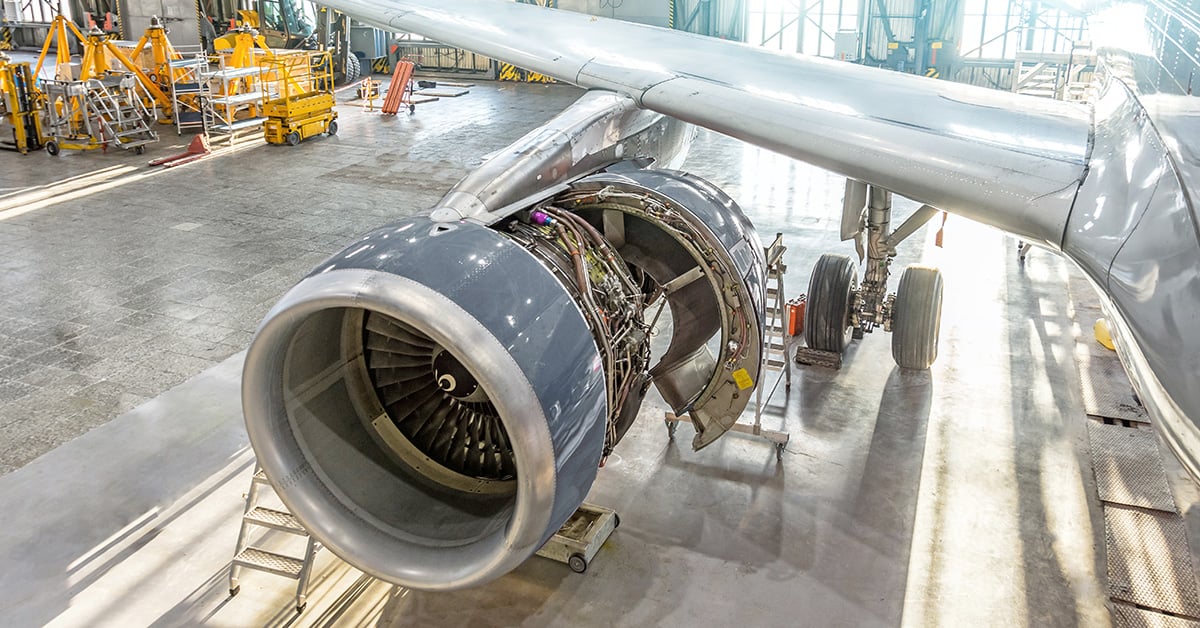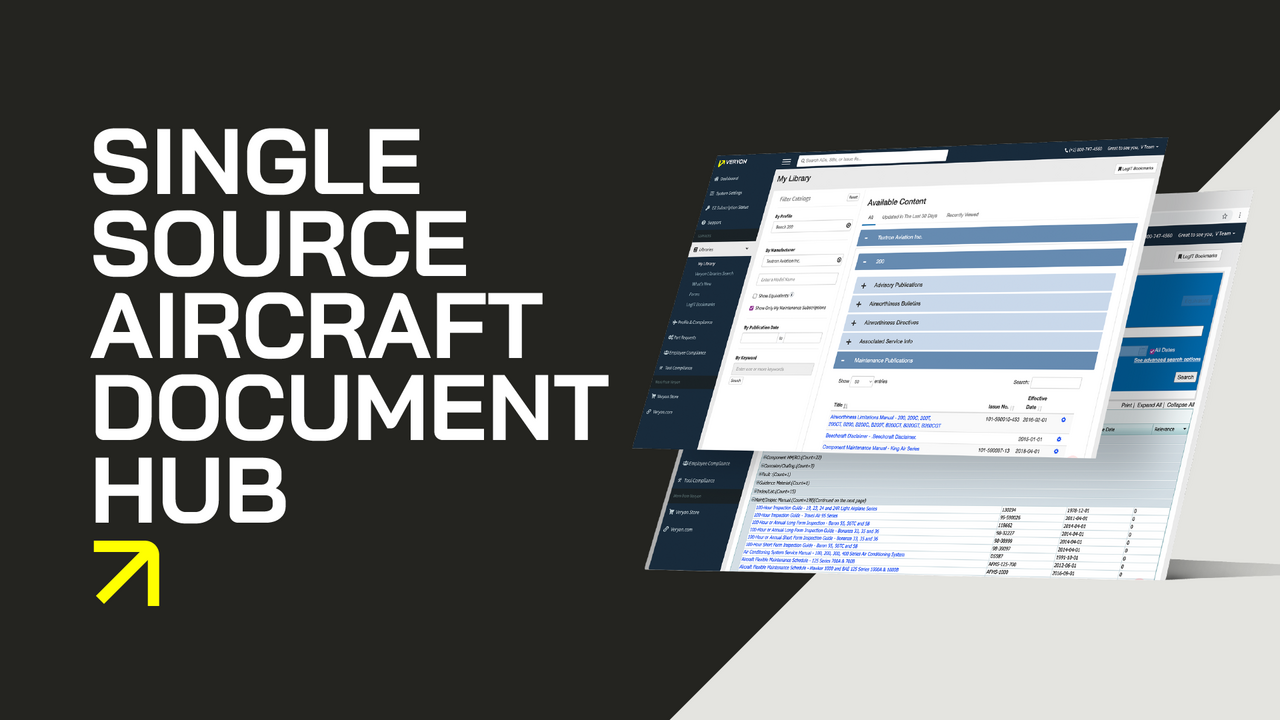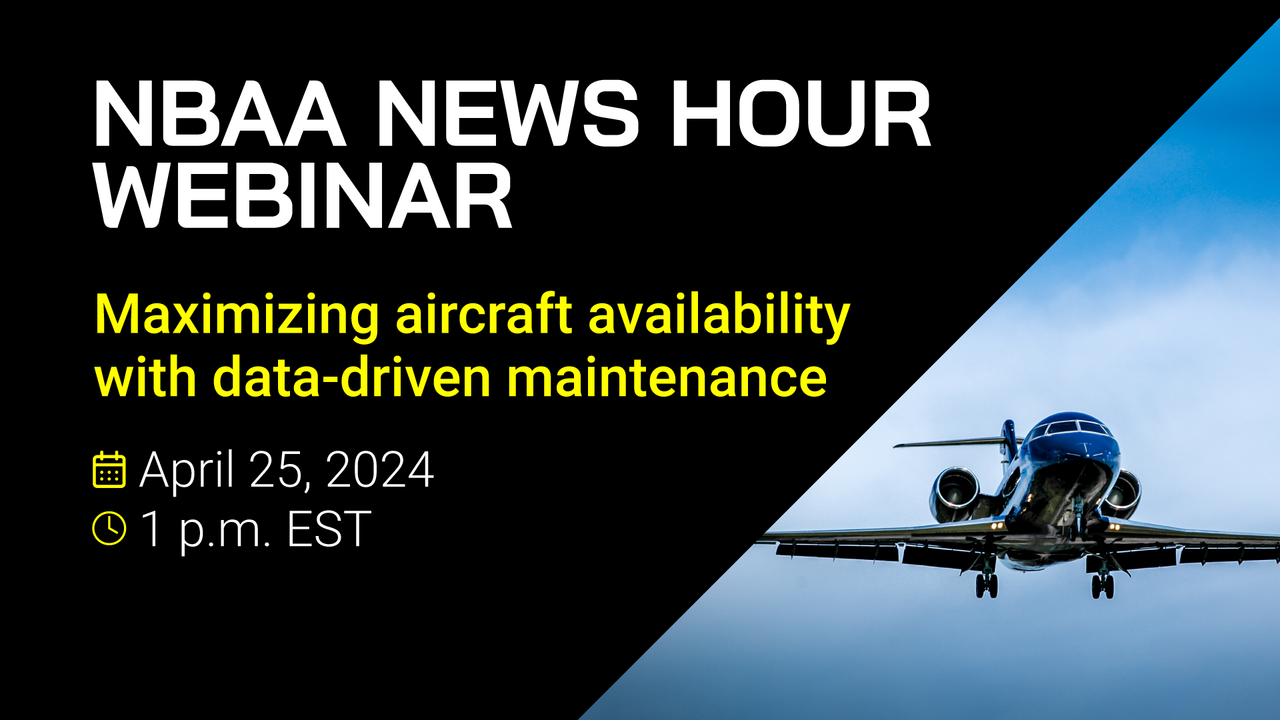
Here’s a selection of game changing strategies to help airlines improve internal operations and reduce costs.
1. Adopt lean maintenance
Lean maintenance is fundamentally proactive, preventative, and productive maintenance. It involves preplanning a maintenance strategy in order to avoid huge system failures and AOG situations.
That means everyone within an airlines maintenance operations know exactly where they are meant to be at what time, and if anything needs specific attention there is a process in place to ensure that its dealt with in the most proficient manner possible.
The more an airline plans and streamlines its maintenance processes the more money it can save.
By adopting lean techniques, an airline can benefit from less waste, more control and more flexibility, as well as the ability to utilize the talents of its workforce.
By getting the most out of a workforce and using their expertise effectively, operators are able to make jobs easier, meaning less time is spent figuring out what to do, and instead, everyone knows what to do, so man-hours are used effectively, which allows for a continuous flow in the workplace.
Contact us to learn more about minimizing downtime
2. Be strategic with fleet selection
In addition to lean maintenance, airlines can hugely benefit from the commonality between some aircraft families and operating one-family fleets.
For example, Southwest Airlines operates a fleet of Boeing 737s, which means the U.S operator can benefit from only ever having to invest in one spare parts pool and even saves money when it comes to training staff (cabin crew, pilots, engineers).
But sometimes operating just one type of aircraft is not enough, especially for larger airlines like Qatar Airways who want to make jaws drop with their impressive and varied fleet. Plus, the temptation of the next-gen aircraft is just too hard to resist.
However, even the airlines that operate different models can benefit from reduced costs. An operator that flies aircraft belonging to Airbus’ fly-by-wire family, which includes the A318, A319, A320, A321, A330, A340, A380 and A350 XWB, can cut back on training and maintenance costs thanks to the commonality feature achieved from the technology.
According to Airbus, airlines that operate its aircraft that feature the technology can enjoy weight saving, fuel savings, lower maintenance costs and greater precision in flying.
Common Type Ratings are also great ways for airlines to reduced their outgoings; the A350 XWB has recently been awarded a Common Type Rating with the A330, meaning pilots that can fly the A330 are able to fly Airbus’ more recent invention.
3. Have transparent fleet operations
Whether an operator is a low cost carrier or mainline carrier, it’s important for them to have a clear overview of all their fleet operations especially when operating daily flights and thousands of customers.
Without doubt, data is key to the success of any business and for airlines managing this data effectively is of paramount importance and can provide valuable insight into which things are working, which are not, and any areas that can be improved for efficiency.
So, adopting a software tool that is easy to use and comprehensive enough to manage an airline’s fleet operations is an invaluable tool.
Imagine being able to host OEM documentation, planning tools for scheduled and unscheduled maintenance and data on the day-to-day technical operation of a fleet on one singular platform.
Veryon Tracking+ features all of these functions and more.



